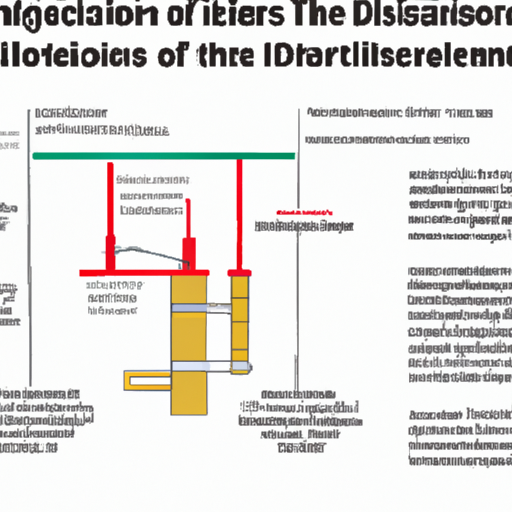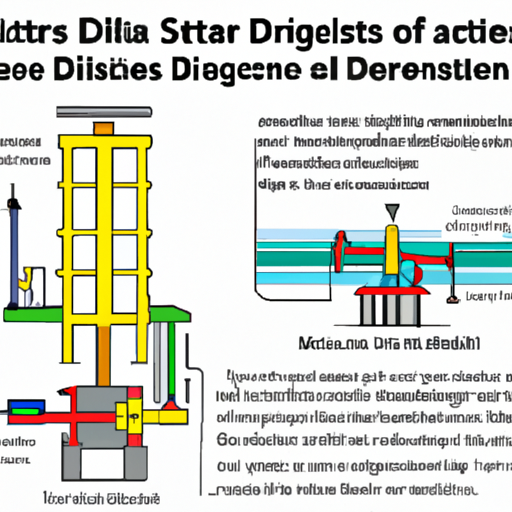Understanding the Significance and Functionality of Desilters in Drilling Rigs

Introduction:
Drilling rigs play a critical role in the extraction of valuable resources from the earth's subsurface. These rigs are equipped with various components and systems that ensure smooth and efficient drilling operations. One such vital component is the desilter, which plays a crucial role in the separation and removal of unwanted solids from the drilling fluid. In this article, we will explore the significance and functionality of desilters in drilling rigs, highlighting their importance in maintaining the drilling fluid's integrity and optimizing overall drilling performance.
1. The Basics of Drilling Fluids:
Drilling fluids, commonly known as mud, serve multiple purposes in drilling operations. They help lubricate and cool the drill bit, carry cuttings to the surface, stabilize the wellbore, and provide hydrostatic pressure to control formation fluids. Moreover, drilling fluids aid in preventing wellbore instability and minimizing formation damage. To perform these functions effectively, drilling fluids need to be properly treated and maintained throughout the drilling process.
2. The Role of Solids Control Equipment:
During drilling, the drilling fluid becomes contaminated with a variety of solids, such as rock fragments, sand, shale, and drilling cuttings. These solids must be removed to maintain the properties and functionality of the drilling fluid. This is where solids control equipment, including desilters, come into play.
3. Understanding Desilters:
Desilters are hydrocyclone-based devices designed to remove finer solids from the drilling fluid. They are typically positioned downstream of the shale shakers, which remove larger solids. The primary purpose of desilters is to enhance the quality and efficiency of the drilling fluid by removing particles in the range of 15 to 74 microns.
4. Desilter Operation and Design:
Typically, a desilter unit consists of several hydrocyclones, usually arranged in parallel, mounted on a manifold. The drilling fluid is fed into the desilter manifold, where it is subjected to centrifugal forces. The centrifugal force causes the denser particles to migrate towards the wall of the hydrocyclones, while the clean fluid is directed towards the center and exits through the overflow outlet.

5. Benefits of Desilters in Drilling Rigs:
5.1. Improved Drilling Fluid Properties: By removing finer solids, desilters prevent the buildup of solids concentration in the drilling fluid. This helps maintain the desired rheological properties, including viscosity, gel strength, and fluid loss control. Consistent drilling fluid properties lead to improved drilling efficiency and reduced downtime.
5.2. Enhanced Performance of Downstream Equipment: The presence of solids in the drilling fluid can negatively impact the performance and lifespan of downstream equipment, such as mud pumps, mud motors, and drilling bits. Desilters play a crucial role in reducing the solids content, thereby prolonging the life of these expensive components.
5.3. Minimized Formation Damage: Fine solids, if not properly removed, can accumulate in the wellbore and the formation itself, leading to formation damage. Desilters aid in maintaining a clean wellbore and minimizing the risk of formation damage, ultimately improving well productivity and longevity.
5.4. Environmental Considerations: As responsible stewards of the environment, drilling companies must adhere to stringent environmental regulations. Proper solids control, including the use of desilters, helps minimize the discharge of solids-laden drilling fluids into the environment, reducing the ecological impact.
6. Selecting and Operating Desilters:
When selecting a desilter for a drilling rig, several factors must be considered. These include the desired capacity, available space, budget, and the specific drilling conditions. Additionally, regular maintenance and monitoring of the desilter's performance are crucial to ensure optimal operation. This includes monitoring the pressure drop across the hydrocyclones, inspecting for wear and tear, and cleaning or replacing worn-out parts as needed.
Conclusion:
Desilters are integral components of drilling rigs, responsible for removing fine solids from the drilling fluid to maintain its integrity and optimize drilling performance. These devices play a vital role in improving drilling fluid properties, enhancing downstream equipment performance, minimizing formation damage, and adhering to environmental regulations. By understanding the significance and functionality of desilters, drilling companies can ensure efficient and environmentally responsible drilling operations.




 8613371530291
8613371530291